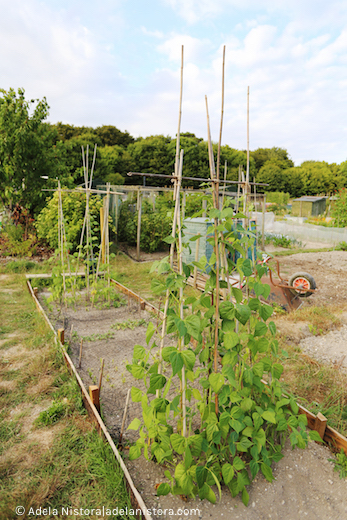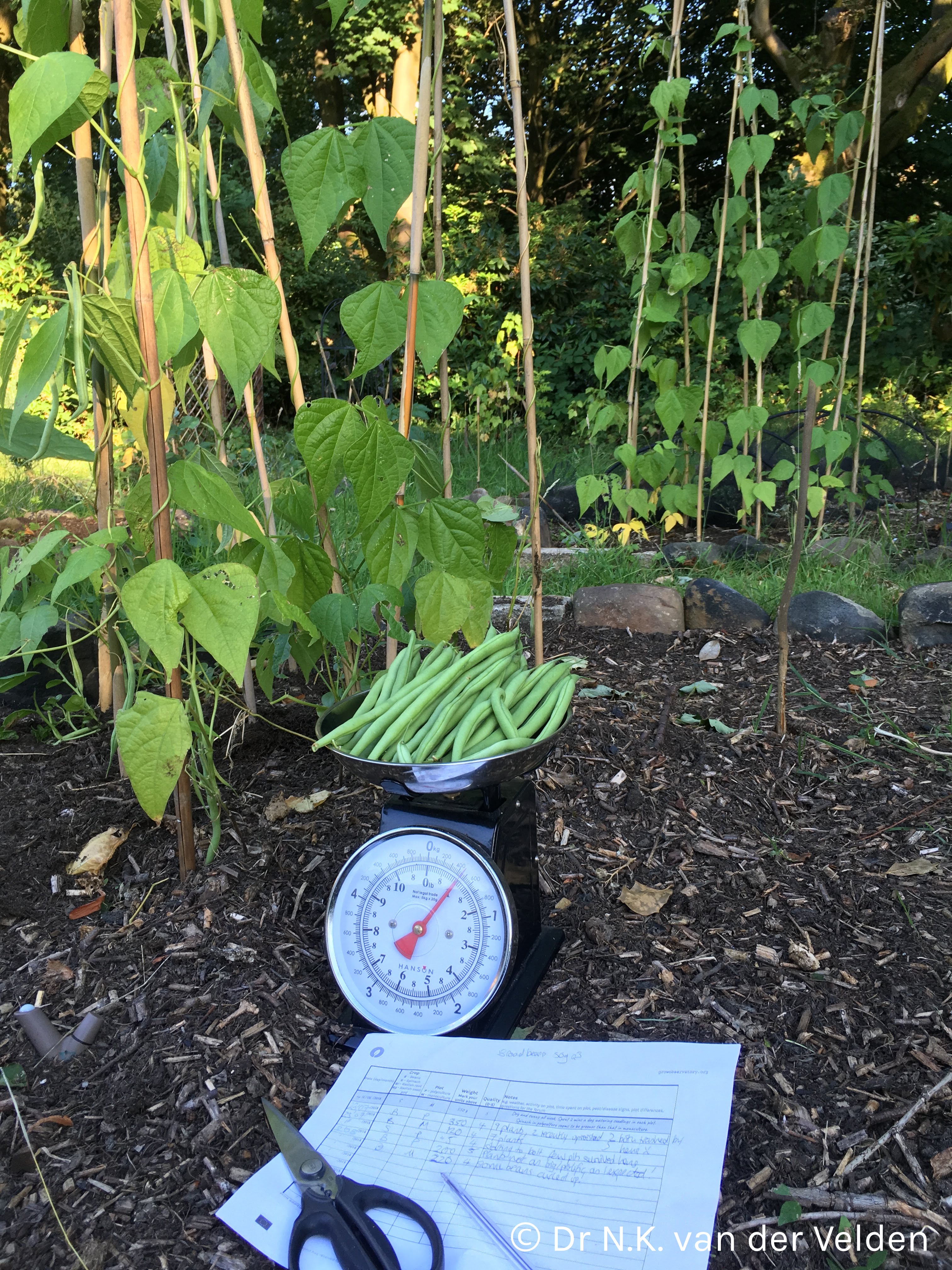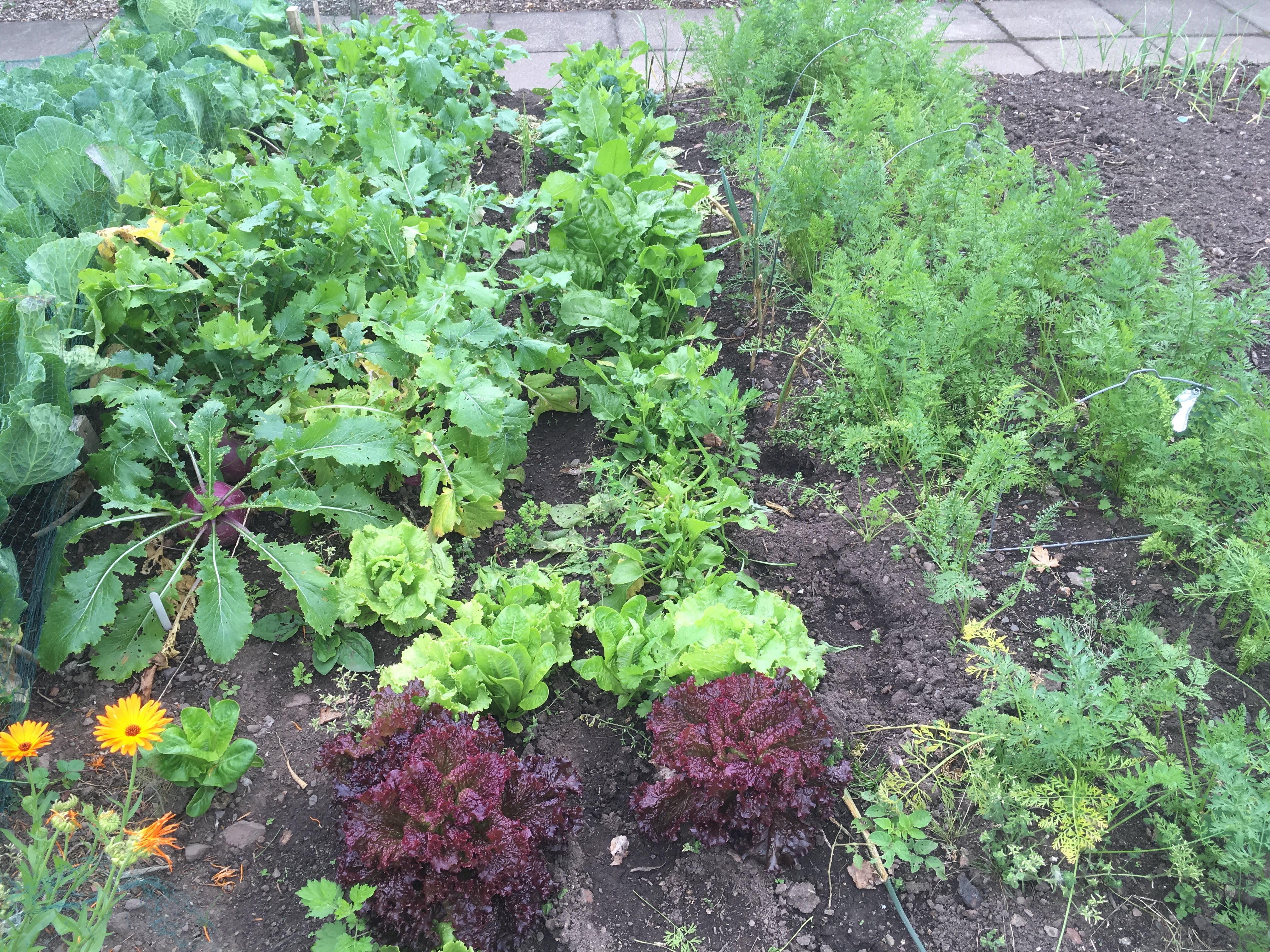
Nature is beautifully diverse. Using more diverse plant combinations in our food-growing can confer greater benefits to soils and ecosystems than traditional planting in monocultures, as well as potentially improving yields and resilience. However, very little research into combinations of three or more crops has been done, and less still in non-commercial growing systems.
In 2019, experimenters worked together to find out what really works in their own growing space,and to contribute to the collective knowledge so we can better understand what works where, and when. Everyone was welcome to join in and we particularly welcomed community growing sites.
This was the second year of collective collaboration on a permaculture research experiment. Last year, in the Great GROW Experiment, we discovered that polycultures were more productive than monocultures for most, but not all, participants. However, this was a year of unusual weather and at least one of the crops chosen was not as productive as people hoped. We worked with some of these experimenters to tweak the experiment for 2019. The aims were to:
1. Evaluate the productivity of another 3-crop polyculture compared to its constituent monocultures
2. Gain a second year of insights into how polycultures and monocultures compared in real-world small-scale growing conditions
3. Engage more people in active research in their own growing spaces and contribute to individual knowledge and our collective wisdom
What did it involve?
In spring 2019, the Permaculture Association started a three-sisters polyculture experiment. Experimenters planted the same three crops in two different ways; together as a polyculture and each crop separately in a monoculture.

Growing space requirements were four plots of:
* 1 metre x 1 metre (polyculture)
* 1 metre x 50 cm (green beans)
* 1 m x 30 cm (rhubarb chard)
* 1 m x 20 cm (radish)
All separated by 50 cm from each other or other tall vegetation - alongside a path or grass is ideal. Including all the gaps, that's about 1 metre by 5 metre strip or a 2 x 3 metre block.
Experimenters maintained the plots and recorded standard information about their site. They weighed and recorded each harvest of each crop. The full planting instructions are available here.
Results
The experiment is still in progress so these are interim results only.
Overall comparision of polyculture and monoculture
The graph below should (if we got this right!) update automatically each time an experimenter records a new harvest.
Results for each crop
The overall results above are the totals for all three crops. Below you can see each crop seaparately. From this we can understand what differences, if any, there are between the polyculture and monoculture plantings.
CAUTION!!
The results are still coming in. Some participants are going to add them all at the end, some have been updating their electronic spreadsheets after each harvest. This note will be updated when the final harvests have been made and shared. Treat all interim results with caution - this picture may well change!
Interested in participating in future experiments? Join the Garden Variety Research facebook group. A place for all who are curious about their food-growing spaces.
